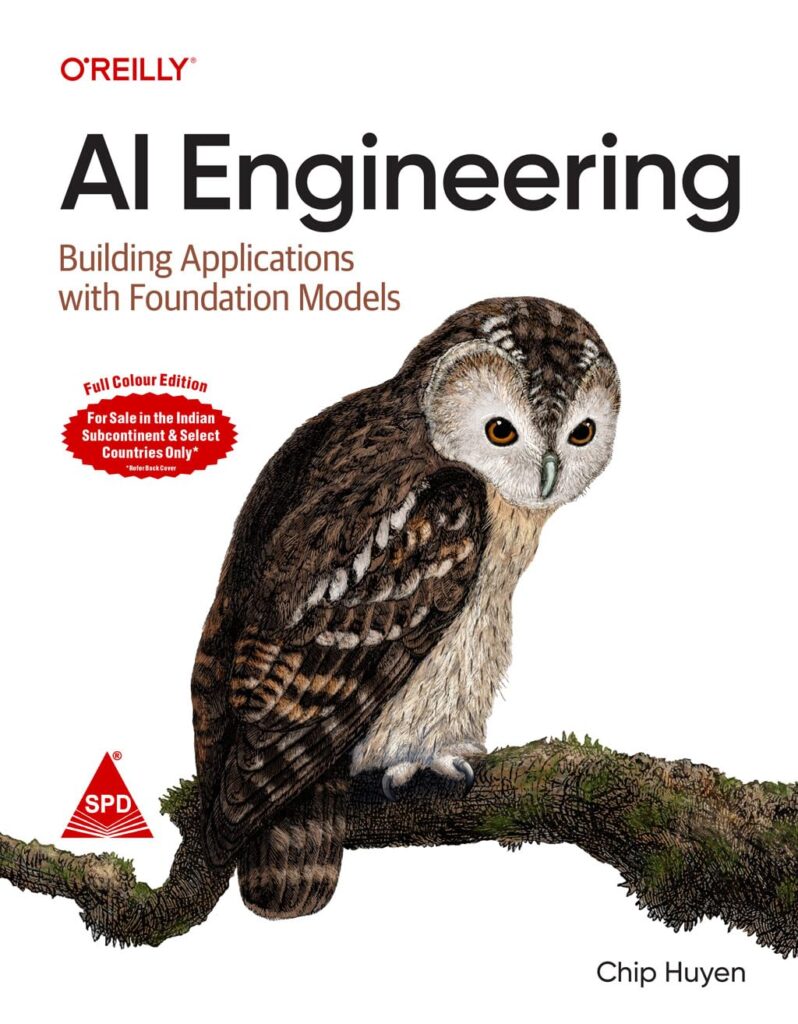Chi-Square Test Interpretation in SPSS
Chi-Square Test Interpretation in SPSS, The Chi-Square test is a powerful statistical tool used extensively in research to determine whether there is a significant association between categorical variables.
Whether you’re a seasoned statistician or a student delving into the world of data analysis, understanding how to interpret the results of a Chi-Square test in SPSS (Statistical Package for the Social Sciences) is essential.
Chi-Square Test Interpretation in SPSS
This article will guide you through the process step-by-step, ensuring you gain a solid grasp of the concepts involved.
What is the Chi-Square Test?
The Chi-Square test is a non-parametric test that helps researchers examine the relationship between categorical variables.
It assesses whether the observed frequencies in a contingency table differ from the frequencies expected under the null hypothesis.
This hypothesis typically states that there is no association between the variables, implying that any differences in frequencies are due to chance.
Types of Chi-Square Tests
- Chi-Square Test of Independence: This test checks if there’s a significant association between two categorical variables.
- Chi-Square Goodness of Fit Test: This evaluates whether the distribution of a single categorical variable fits an expected distribution.
Preparing Your Data in SPSS
Before you conduct a Chi-Square test in SPSS, it’s crucial to ensure your data is correctly formatted. Each variable should be set as a categorical variable, and your dataset should be organized appropriately to reflect the frequency counts for each category.
Steps to Run a Chi-Square Test in SPSS
- Open Your Dataset: Launch SPSS and load your dataset containing the categorical variables.
- Navigate to the Chi-Square Test: Click on
Analyze>Descriptive Statistics>Crosstabs. In the Crosstabs dialog box, move the independent variable into the Rows box and the dependent variable into the Columns box. - Select Statistics: Click on the
Statisticsbutton and check the box forChi-square. This will allow SPSS to compute the Chi-Square statistic. - Run the Test: Once you’ve configured your settings, click
OKto run the test.
Interpreting the Output
SPSS generates several outputs after running a Chi-Square test. Here’s a breakdown of the key components you should focus on:
1. Chi-Square Test Result Table
- Chi-Square Value: This value measures the difference between the observed and expected frequencies. A higher Chi-Square value indicates a greater difference.
- Degrees of Freedom: Calculated as (number of rows – 1) * (number of columns – 1), this value is essential for determining the significance of the Chi-Square statistic.
- P-value: The p-value indicates whether the observed differences are statistically significant. Common thresholds are:
- p < 0.05 (statistically significant)
- p < 0.01 (highly significant)
2. Conclusion Drawn from Results
If the p-value is less than your chosen alpha level (commonly 0.05), you would reject the null hypothesis, concluding that there is a significant association between the categorical variables in question.
Conversely, if the p-value is greater than 0.05, you would fail to reject the null hypothesis, indicating no significant association.
3. Cramér’s V (if applicable)
To understand the strength of the association between the variables, look for Cramér’s V value in your output. This statistic ranges from 0 to 1, where values closer to 1 indicate a stronger association.
Practical Example
Let’s consider a hypothetical example: a study exploring the association between smoking status (smoker vs. non-smoker) and lung disease (yes vs. no). After organizing the data and running a Chi-Square test in SPSS, you find:
- Chi-Square Value: 15.43
- Degrees of Freedom: 1
- P-value: 0.0001
Since the p-value is less than 0.05, you would conclude that there is a significant association between smoking status and lung disease.
Conclusion
Understanding how to perform and interpret the Chi-Square test in SPSS is invaluable for researchers analyzing categorical data.
By following the outlined steps and comprehensively examining the output, you’ll be well-equipped to draw meaningful conclusions about the relationships within your data.
Remember, statistical tests like the Chi-Square provide insights, but it’s your interpretation that will ultimately guide your research findings.
Further Reading
For those interested in further exploring statistical analysis, consider delving into other tests such as t-tests or ANOVA, which can complement Chi-Square tests in research involving different types of data.
By mastering these concepts, you will enhance your data analysis skills and open doors to more advanced statistical techniques in your future research endeavors.



